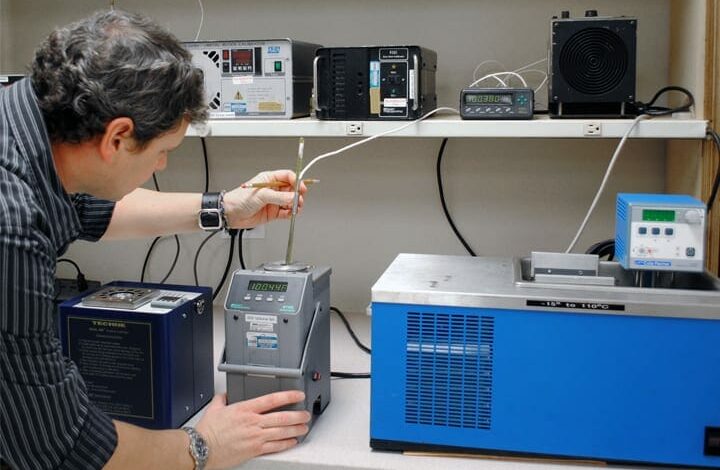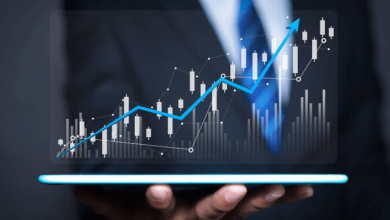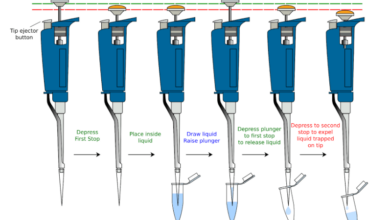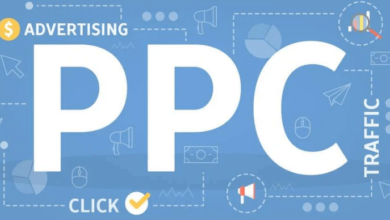How Automated Calibrations Can Maximise Efficiency

There are many steps in calibrating an instrument, which differ from temperature to pressure and don’t involve calibration. And setting up the weights and cooling baths takes a lot of time and workforce.
So, a better and more efficient solution for this involves automating this process of thermal calibration services. The calibration of temperature and pressure can easily be automated. For that, you’ll have to use more sophisticated instruments which will have the ability to control reference values between multiple calibration points automatically.
Automating Pressure Calibrations
You can do that with an automatic pressure controller and a primary electronic standard for pressure calibration. You’ll have to put the device under test and an automatic pressure controller.
Then to calibrate a pressure instrument automatically, you will have to connect the device under test to the digital deadweight tester. After that, click the tester to an automatic pressure controller. Then, let the instrument control the pressure to calibrate the device. This will communicate the data to a computer and eliminate the need for constant supervision. This significantly helps in maintaining a high level of accuracy.
Automating Temperature Calibrations
The process of automating temperature calibrations is similar. To perform such calibration, you will need three devices. One will be required to test, one to control the temperature, and the last to read the temperature accurately. The entire process can be done with the help of a dry-well calibrator with a multi-functional precision thermometer.
Data Sent for Calibration
For each calibration task, the moment you send the data, information about the type of calibration that should be performed is automatically exported. This is stored in the Templates, which are linked to the records. These records represent the equipment that contains measurements that need to be collected.
Data Received From Calibration
The results are imported into GE Digital APM when you receive calibration data. When the data is imported, the GE Digital APM creates one record for each calibration you have selected. And that appears as Calibration Events in the Calibration Events section.
Why should you Calibrate?
Almost all equipment degrades, and they lose stability and drift. The average handling can also affect calibration. So, regular calibration makes sure that the equipment continually meets the specification required.
Who Should Calibrate?
When you are planning and implementing a calibration, you must use a provider that is qualified. And they should also adhere to a national standard. It would be best if you always went with the company accredited to the ISO 17025 standard.
When Should You Calibrate?
Calibration intervals usually vary within an industry, and the frequency depends on the equipment as well as the type of the application. Calibration should be performed once or twice a year as per the rules. And if there’s a more critical application, the frequency will be much more significant.
Why should you calibrate and document?
Calibration compares the reading of a field device to the calibration standard. And this determines whether the device’s accuracy meets the performance requirements or not.
Safety
The fundamental reason to calibrate is to ensure safety.
Quality
To perform at the highest efficiency, one piece of equipment should be well-maintained and well-adjusted. The instruments that are not of good quality are ultimately deducted from the bottom line.
Revenue
Calibration and documentation are essential, ensuring that purchased products are accurately measured and taxed. Calibration also makes custody transfer measurements one of the most accurately performed in the industry.
Does calibration Improve efficiency?
Calibration saves money as it increases the production efficiency. An efficient production process is free of mechanical shutdowns. And this improves profitability. So, calibration saves money as it ensures that the measurement devices accurately and appropriately detect potential problems before they occur and prevent them.
Conclusion
There are so many benefits that you have from automated calibrations. In summarising, calibration technicians are not chained to the lab and can maximise the number of calibrations they perform. This gives them opportunities which help them perform other duties and even take the occasional breaks as the primary goal of calibration is to minimise measurement uncertainty. This is done by ensuring the accuracy of test equipment in the calibration laboratory in India. So, calibration controls errors and uncertainties to an acceptable level. All of this results in damage to the reputation of a business.




